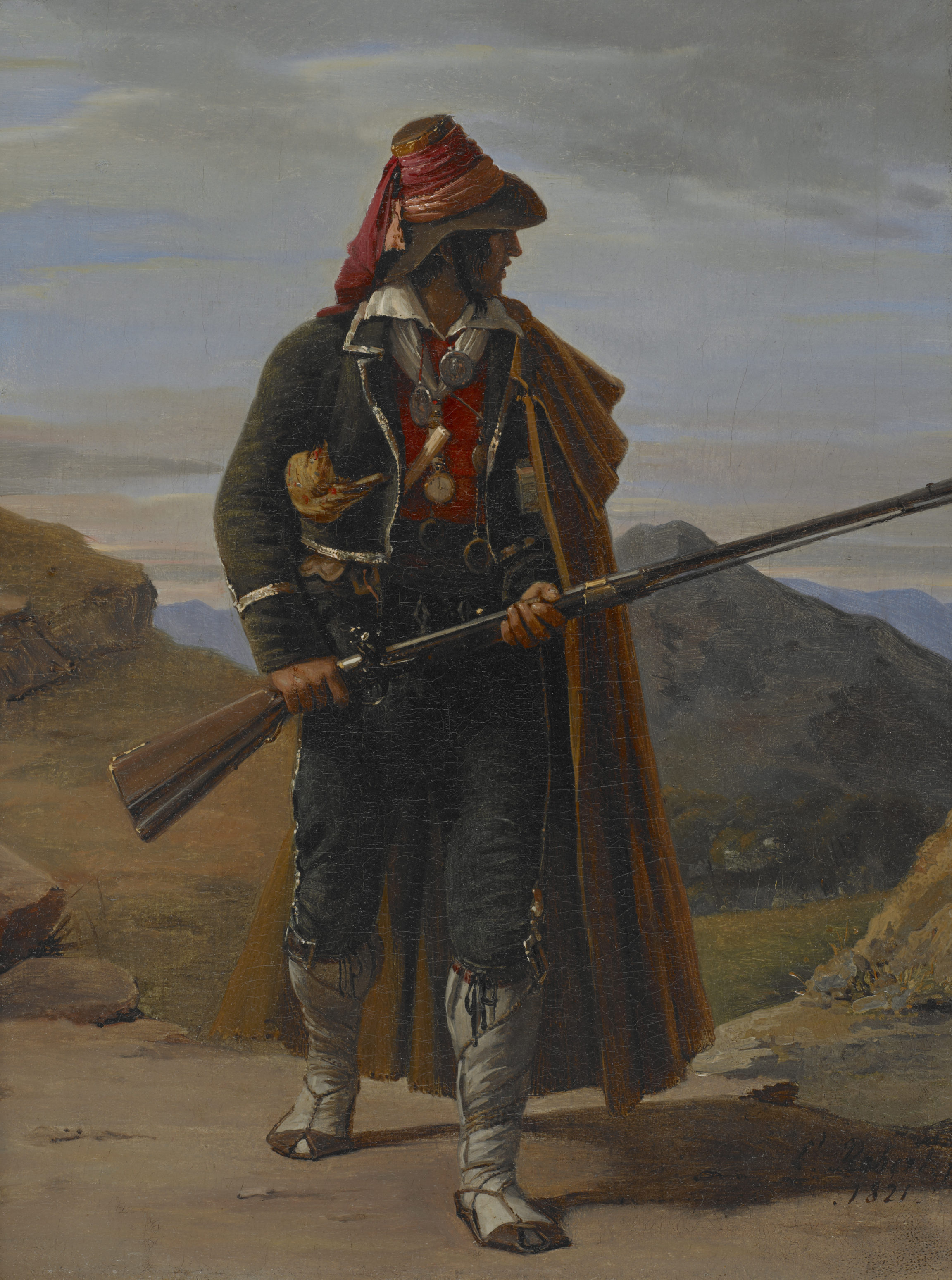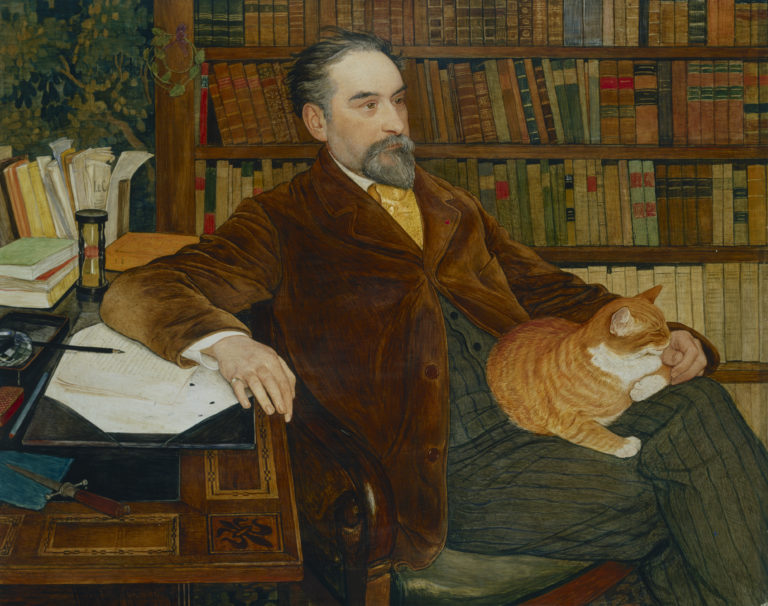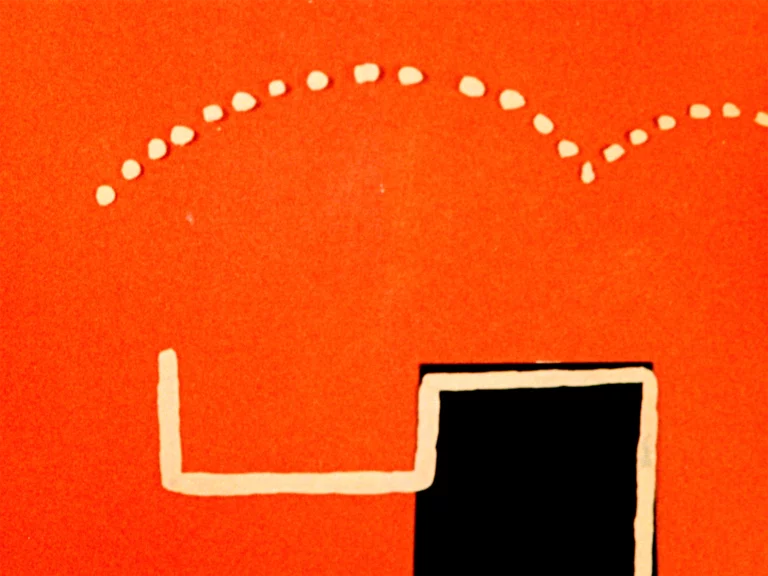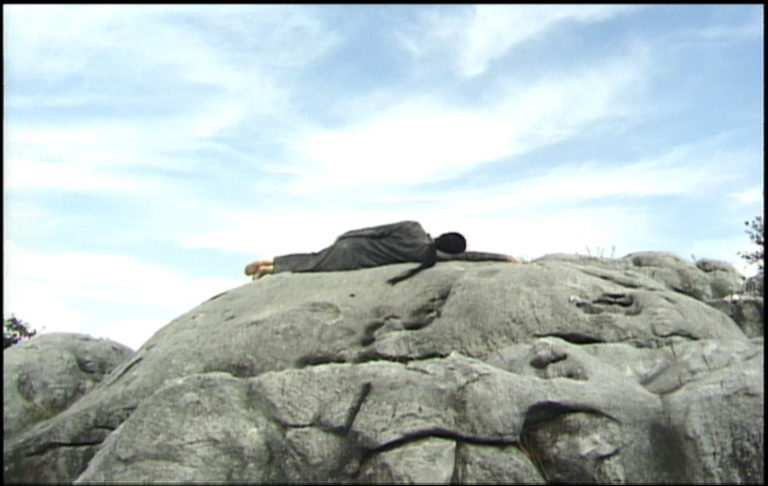Bibliography
Olivier Bonfait (dir.), Le peuple de Rome. Représentations et imaginaire de Napoléon à l’Unité italienne, exh. cat. Ajaccio, Palais Fesch, 2013.
Pascal Griener, « Charles Gleyre et Léopold Robert. Le bon usage de Dionysos », in Entre Rome et Paris. Œuvres inédites du XIVe au XIXe siècle, Les Cahiers du Musée des Beaux-Arts de Lausanne n° 4, 1996: p. 49-56.
Pierre Gassier, Léopold Robert, Neuchâtel, Ides et Calendes, 1983.




Léopold Robert initially trained as an engraver. In 1812, he joined the studio of Jacques-Louis David, who encouraged him to turn to painting. Robert moved to Rome in 1818 and began producing genre scenes, imbuing them with a sense of epic reflected in his most ambitious submissions to the Paris Salon, such as L’Arrivée des moissonneurs dans les marais Pontins (Arrival of the Reapers in the Pontine Marshes, 1830, Paris, musée du Louvre).
In 1820, hundreds of highway robbers were arrested in the Lazio region of central Italy and deported to Rome. This gave Robert the opportunity to portray the Romantic myth of the brigand, and he spent the summer in the Termini prison carrying out multiple studies for a series of paintings. The sheer number of copies and variants signed by Robert reflects the theme’s popularity.
Here, he chose to depict the brigand full-length, rifle in hand, in a stance that suggests he has either sensed approaching danger or spied an unwary travelling party to rob. Robert plays with the twin sense of terror and admiration roused by such outlaws, placing the figure in the austere solitude of the mountains. The painting’s charm lies in the skilful distribution of bright colours and the meticulous attention to detail in the man’s garb. He wears ciocie, or leather sandals with hemp laces round the calves, a blue velvet jacket and trousers, and a waistcoat with silver buttons. His conical hat is trimmed with brightly coloured ribbons. His jacket sleeves and hem are edged with a silver band, indicating he leads a group of brigands. In a touch that would have sent shivers down the spine of contemporary viewers, he proudly sports earrings, rings, a watch, and a cartridge bag with silver medallions, all no doubt stolen from previous victims.